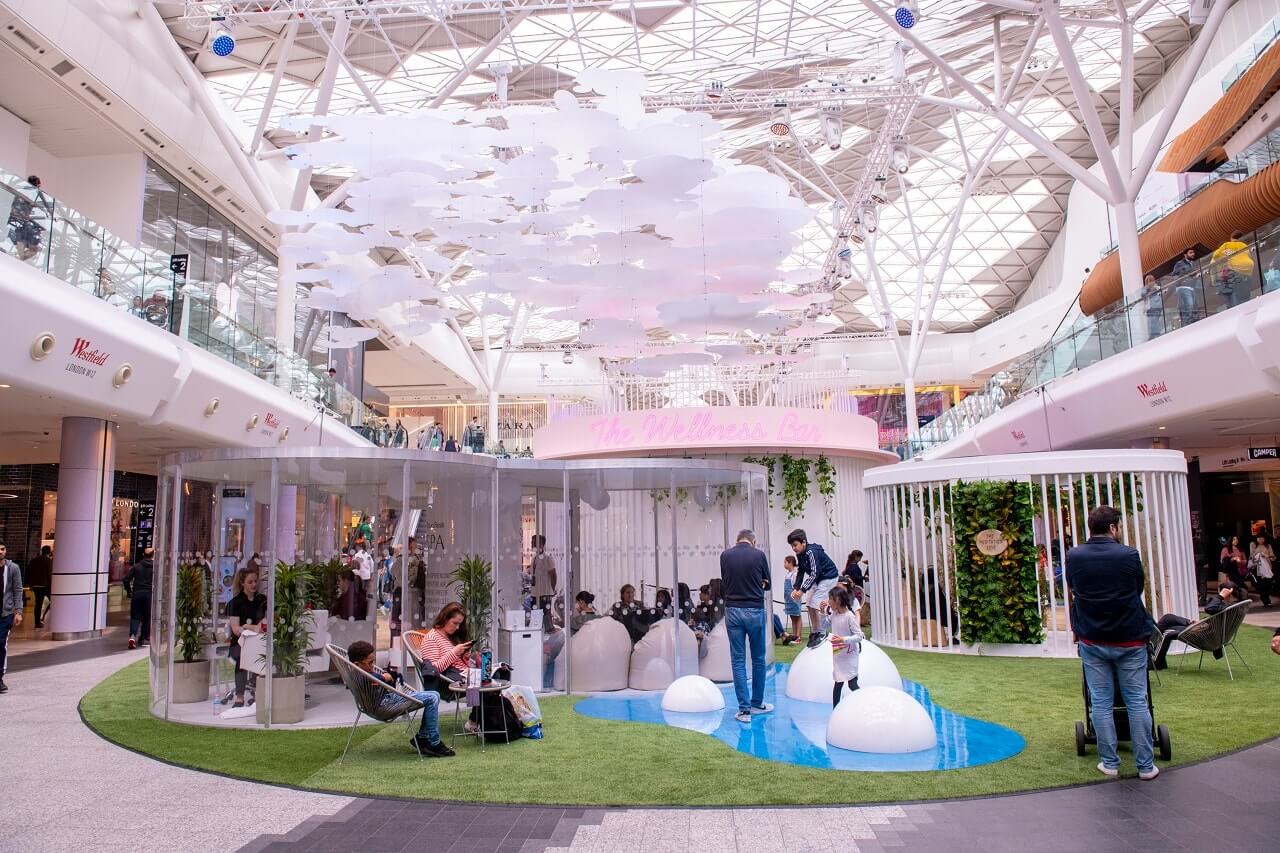Industrial stage design is a unique field that blends creativity with functionality to transform performance spaces into immersive environments. This discipline requires a deep understanding of both artistic concepts and the practical aspects of stage construction. Industrial stage design plays a pivotal role in enhancing the audience’s experience, making it a crucial element in the world of performing arts.
The Role of Theatre Set Builders
Theatre set builders are the unsung heroes behind every successful stage production. These professionals are responsible for bringing the vision of industrial stage designers to life. Their expertise in carpentry, painting, and crafting ensures that each set piece is not only visually stunning but also structurally sound. Theatre set builders work tirelessly to create environments that transport audiences into the story being told on stage.
The Collaborative Process
Creating an industrial stage design involves a collaborative process between designers and theatre set builders. Designers conceptualize the visual aspects of the set, while builders execute these ideas using their technical skills. This collaboration is essential for ensuring that the final product meets both aesthetic and practical requirements. Effective communication and teamwork between these two groups are key to a successful stage production.
Materials and Techniques in Industrial Stage Design
Industrial stage design often involves the use of unconventional materials and innovative techniques. Designers and builders might utilize metal, wood, plastic, and fabric to create unique textures and structures. Advanced technologies, such as 3D printing and computer-aided design (CAD), are also increasingly used to create intricate set pieces. The use of these materials and techniques allows for greater creativity and flexibility in stage design.
Safety and Durability
One of the primary concerns in industrial stage design is safety. Theatre set builders must ensure that all set pieces are safe for actors and crew to interact with. This involves rigorous testing and adherence to safety standards. Durability is also crucial, as sets must withstand the rigors of rehearsals and multiple performances. Builders use high-quality materials and construction methods to ensure that sets remain intact throughout a production’s run.
The Impact of Lighting and Sound
Lighting and sound are integral components of industrial stage design. Effective lighting can dramatically enhance the visual impact of a set, highlighting specific elements and creating mood and atmosphere. Similarly, sound design adds an auditory dimension that can make the set feel more immersive. Theatre set builders often work closely with lighting and sound technicians to ensure that all elements of the stage design work harmoniously together.
Sustainability in Stage Design
As environmental concerns become more pressing, sustainability in stage design is gaining importance. Theatre set builders and designers are increasingly exploring eco-friendly materials and practices. This includes using recycled materials, minimizing waste, and opting for sustainable sourcing. Incorporating sustainability into industrial stage design not only benefits the environment but also promotes responsible production practices within the industry.
Challenges and Solutions
Industrial stage design and theatre set building come with their own set of challenges. Limited budgets, tight schedules, and complex designs can pose significant obstacles. However, innovative solutions and a dedicated team can overcome these challenges. Theatre set builders often employ creative problem-solving skills and resourcefulness to deliver high-quality sets on time and within budget.
Case Studies: Transformative Stage Designs
Examining case studies of successful stage designs can provide valuable insights into the art and craft of industrial stage design. These examples highlight the ingenuity and skill of theatre set builders and designers. Whether it’s a minimalist set for an intimate drama or an elaborate construction for a grand musical, each project showcases the unique capabilities of the team involved.
Conclusion:
The future of industrial stage design looks promising, with advancements in technology and a growing emphasis on sustainability. Theatre set builders will continue to play a crucial role in bringing innovative designs to life. As the industry evolves, the collaboration between designers and builders will remain a cornerstone of successful stage productions. For more information on industrial stage design and theatre set builders, visit scottfleary.com.




